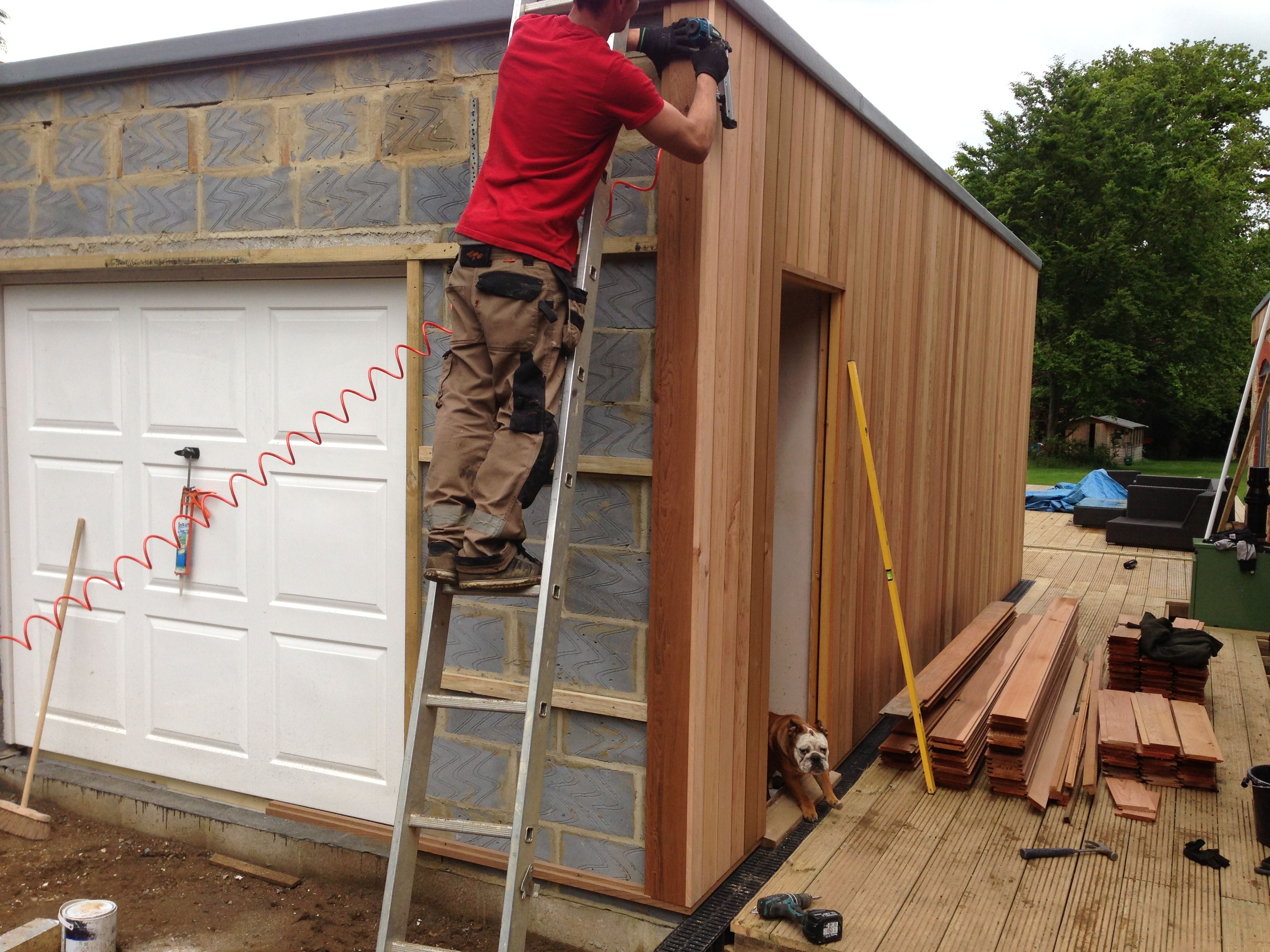Vertical timber cladding can come in the form of tongue and groove or board on board along with open joint options too.
Timber clad roof detail.
The boards are nailed to vertical battens on the substrate this could be masonry timber frame etc.
Roof panels 3 8 1 roof panel connections 3 9.
Timber cladding should provide adequate weather protection for the buildings.
This should be the same for timber cladding.
Separating wall junctions 1 4.
Timber roof cladding is one of the best ways to accentuate your home or building.
Shingles are thin pieces of wood sawn on either side creating a smooth flat surface that is rather uniform in effect.
Non loadbearing wall junctions 1 5.
Details on plan 1.
However it must be assumed that not all wind driven rain will be deflected.
It should be raised away from the ground by a minimum of 250mm to avoid excessive damage at the splash line at ground level and a good roof overhang should be provided to minimise the impact of weathering.
Drainage of external wall cavity must also be maintained see fig a 8 9.
Insulated roof and non insulated roof detail drawings.
Some typical detail for a timber cladding roof can be found here with a timber board fixed to batten over a membrane clad plywood roof.
When using other natural materials the good hat and boots principles is often cited.
Render on timber frame.
Oct 27 2017 roof detail drawings in an autocad format.
Detail design timber cladding basic principles in principle any timber cladding should be designed as a rainscreen.
Folded ridge ventilating ridge detail at eaves external gutter valley details detail at gable.
Tile hanging off timber frame 1 8.
Detailing of breather membrane and roof covering junction is as typical but care must be taken not to restrict ventilation to timber and or external wall cavity.
In one form a timber clad roof consists of a fully watertight membrane applied to a plywood clad roof with timber battens installed over insulation and castellated timber batten.
Horizontal timber cladding is probably the most common and perhaps simpler option.
Assuming that the cladding will always be subject to some penetration of moisture a separate protective membrane will be necessary behind the cladding largely protected from wind rain and daylight by the cladding itself.
As a consequence a well ventilated free draining cavity should always be included in the detailed design.
Timber boarding on timber frame 1 9.

